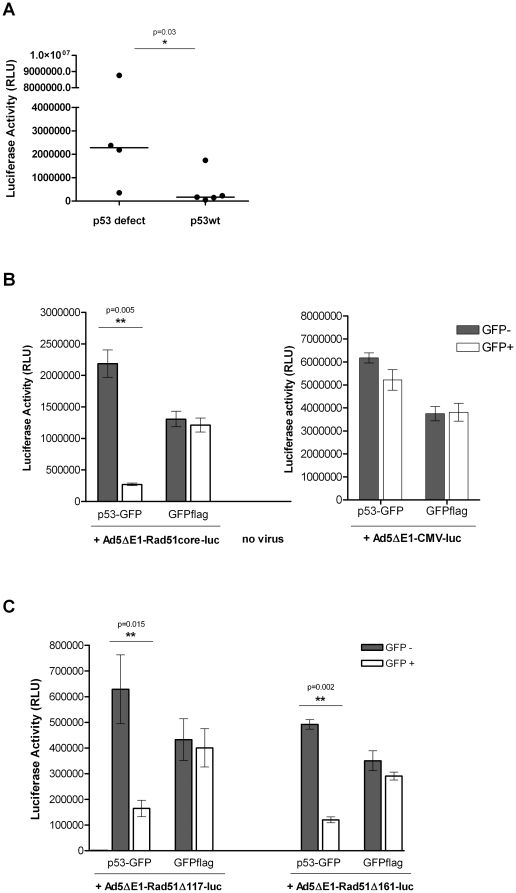Figure 4. p53 suppresses Rad51 promoter expression.
(A) Cells with functional p53 have lower Rad51 promoter activity. 9 different cancer and non-cancer cell lines were grouped by their reported p53 status and transduced with Ad5ΔE1-Rad51full-luc vector at a MOI of 100. 24 hours post-infection, cells were lysed and luciferase activity of the cell lysates measured. Each point represents the mean value of independent experimental triplicates of a cell line. The median value of each group, indicated by the line, was determined to be significantly different by a Mann-Whitney analysis (p = 0.03). (B) Restoring expression of p53 in a p53-/- cell line reduces the activity of the Rad51 core promoter. H1299 cells were transfected with a plasmid encoding either a p53-GFP fusion protein or GFP flag. 12 hrs post-transfection, the cells were transduced with Ad5ΔE1-Rad51core-luc vector or Ad5ΔE1-CMV-luc at a MOI of 100 pfu/cell. 24 hrs thereafter, the cells were collected and sorted into GFP+ and GFP− populations via FACS. The cells were then lysed and luciferase activity measured. Data are presented as mean values of independent experimental triplicates; error bars represent the standard deviation of the data value. The Rad51 promoter activity in p53 positive and negative cells was significantly different, as determined by a paired student's T-test (p = 0.005); in contrast, the CMV promoter activity was statistically equivalent in both p53 positive and negative cells. (C) P53 mediated suppression of Rad51 promoter activity was not dependent on a reported p53 binding region (−161/−117). Methods were as described in (B), except that cells were transduced with Ad5ΔE1-Rad51Δ161-luc vector or Ad5ΔE1-Rad51Δ117-luc vector instead of Ad5ΔE1-Rad51core-luc (see Fig. 1D for schematic representations of these vectors).

